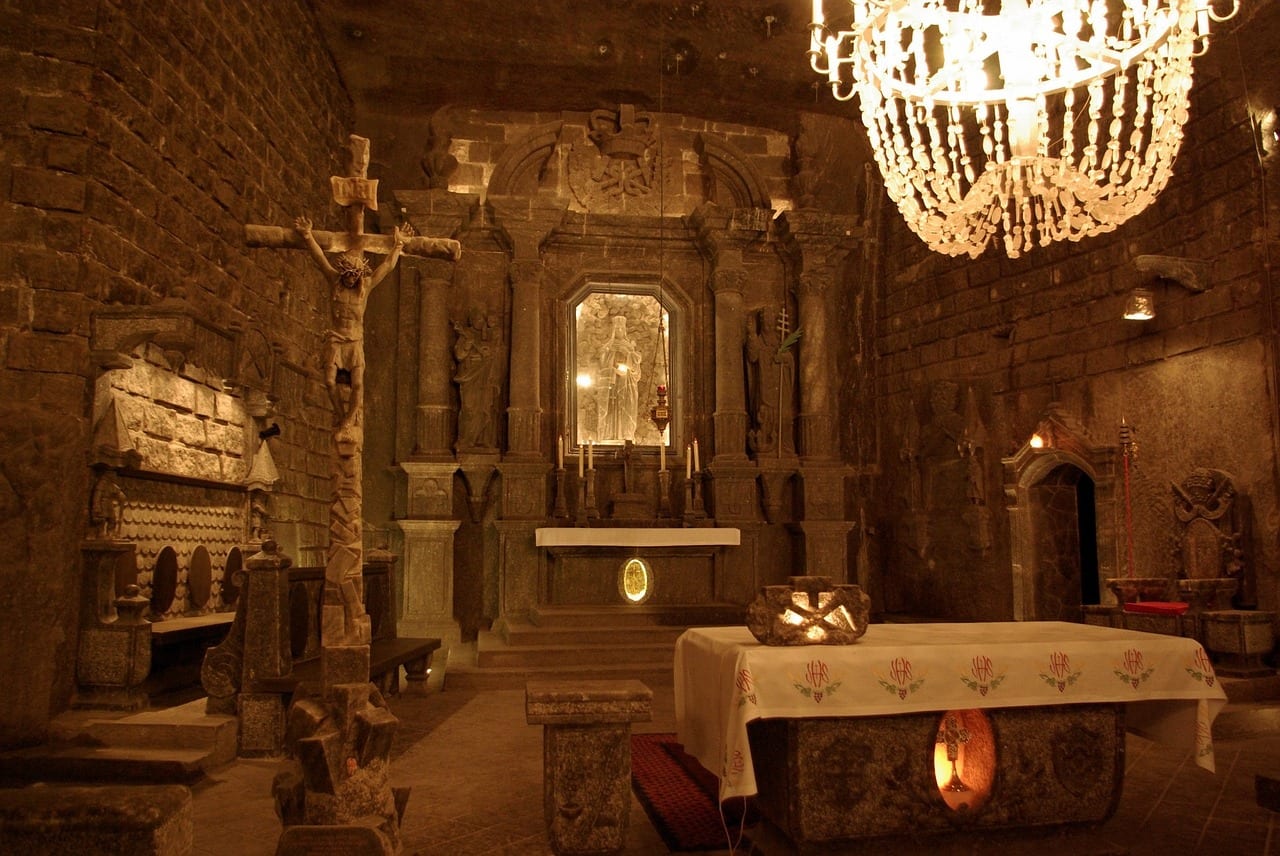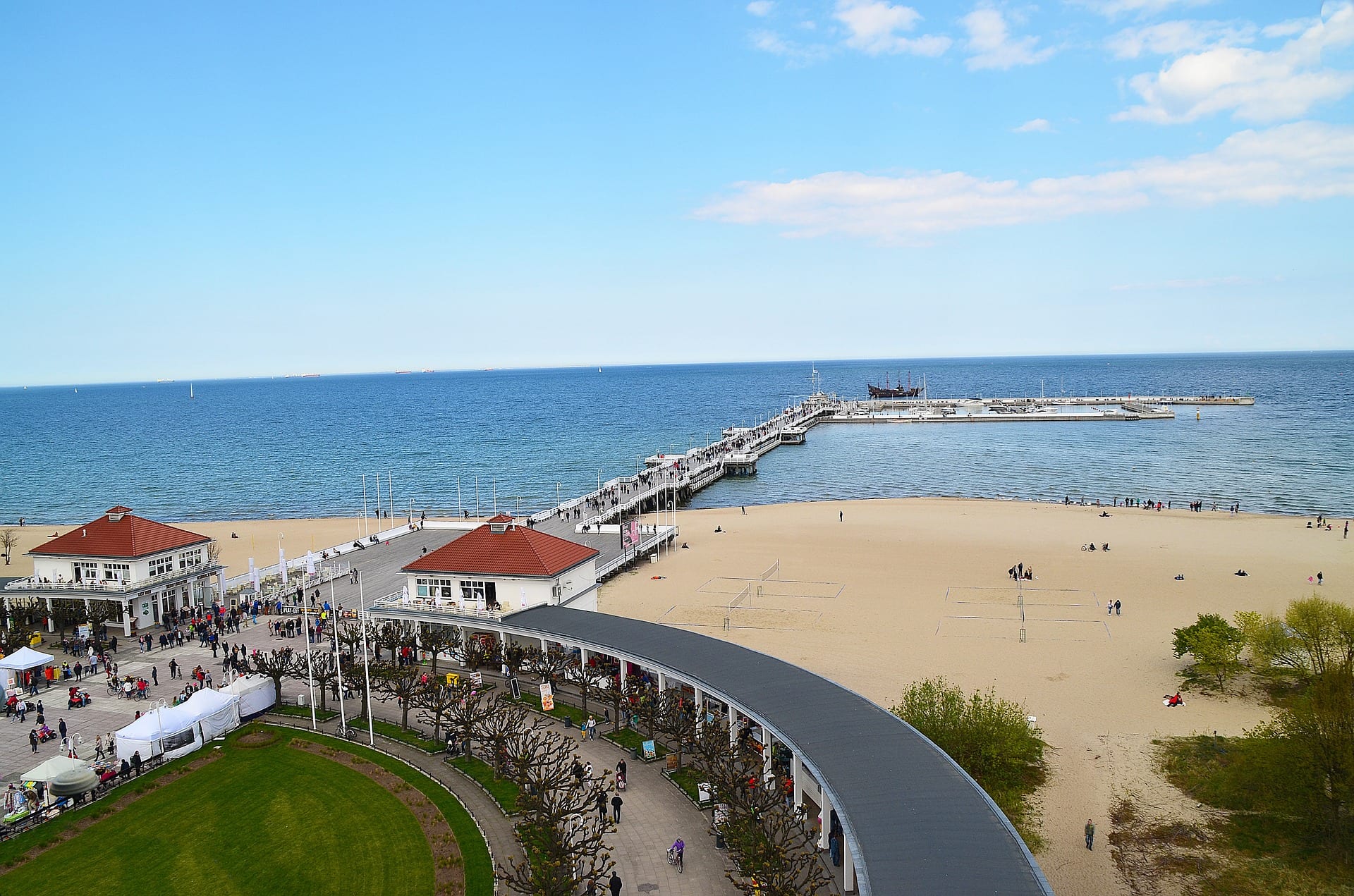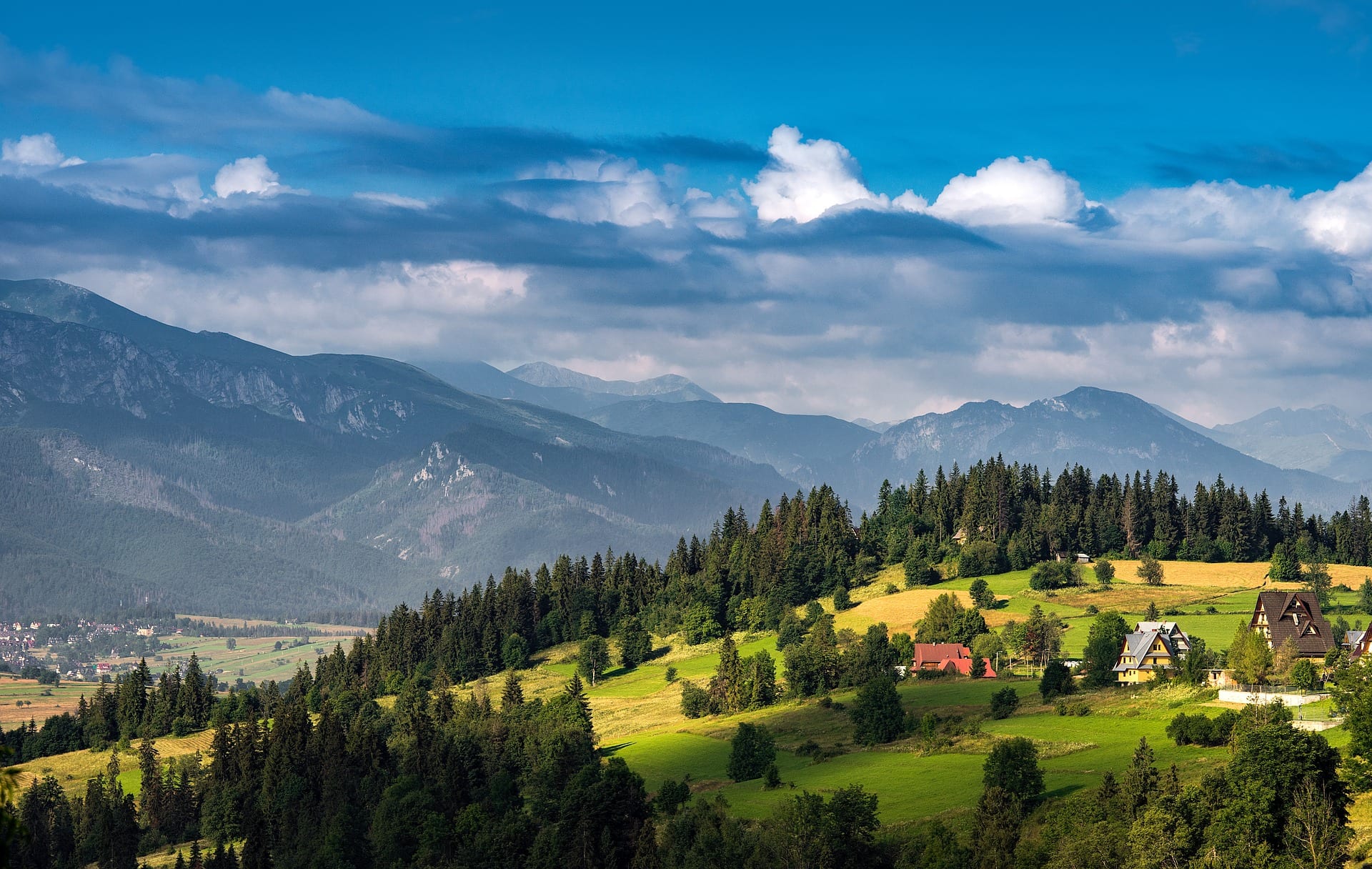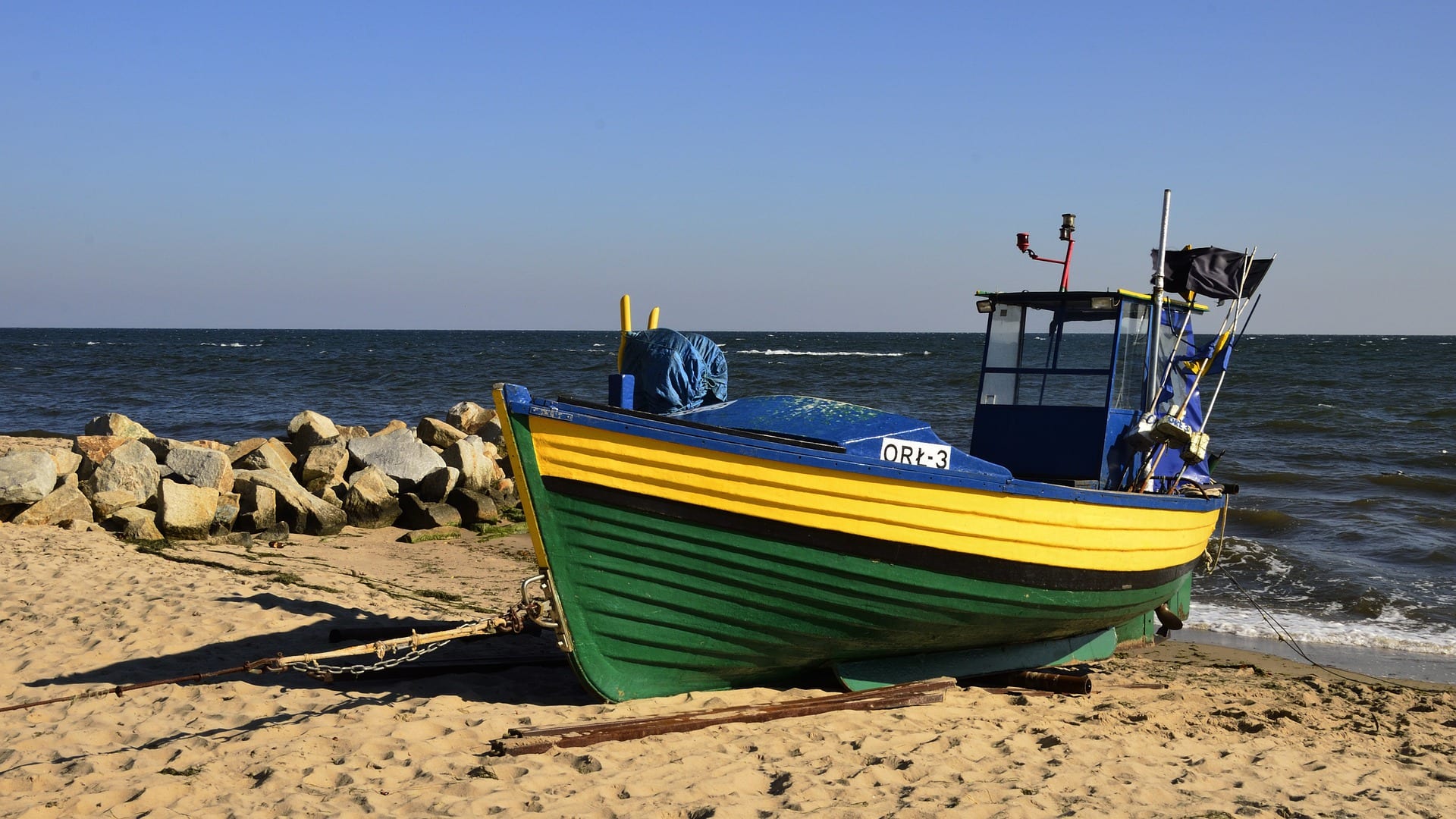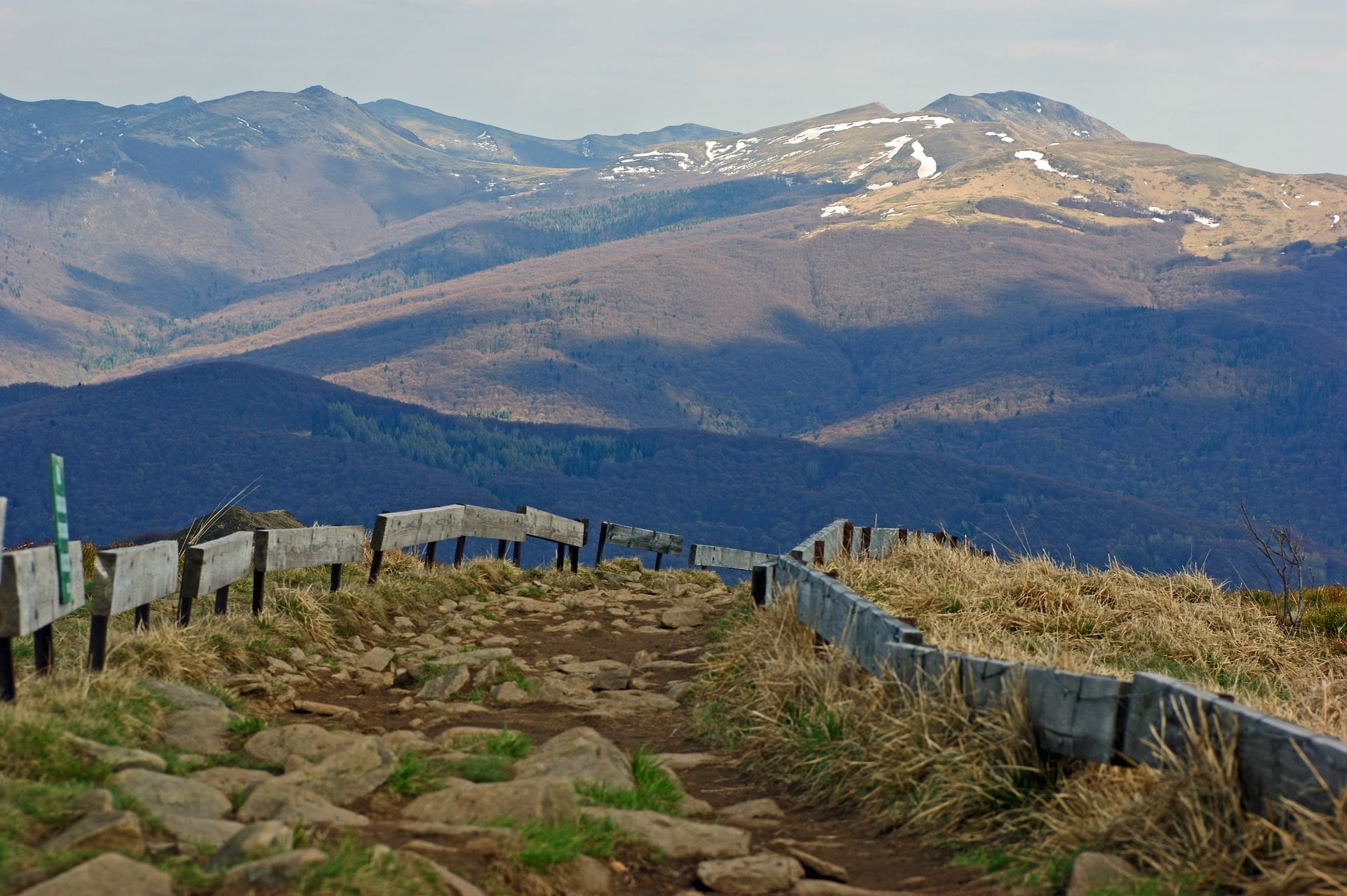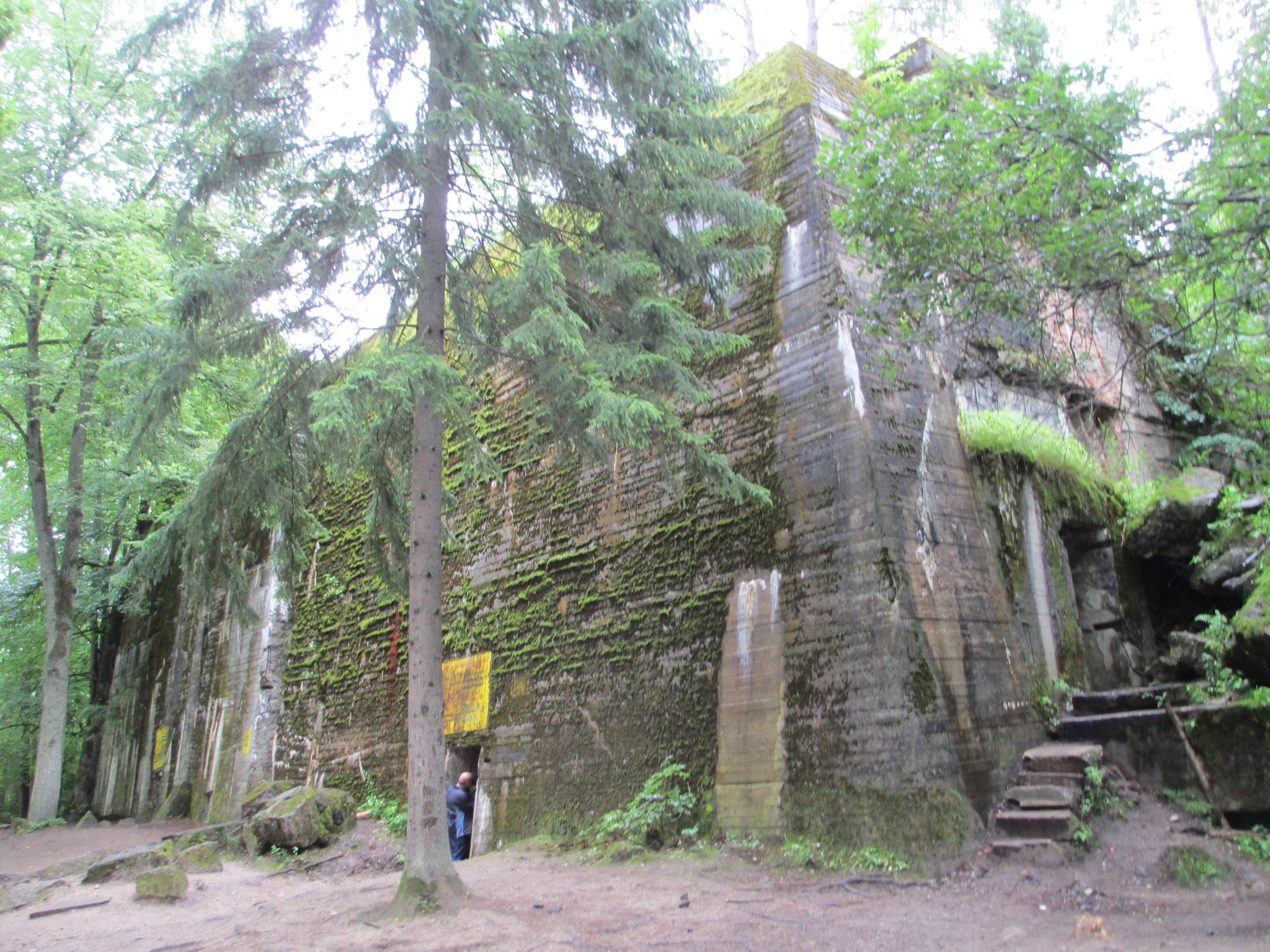Wolf’s Lair
Wolf’s Lair in Poland: Exploring the Fascinating History of Hitler’s Secret Bunker
Deep in the forests of north-eastern Poland lies one of the most fascinating and haunting remnants of World War II: Wolf’s Lair. This complex of concrete bunkers was Hitler’s top secret military headquarters during the war, and it played a crucial role in the Nazi war effort. Today, Wolf’s Lair is open to visitors, who can explore the site and learn about the history of this remarkable and tragic place.
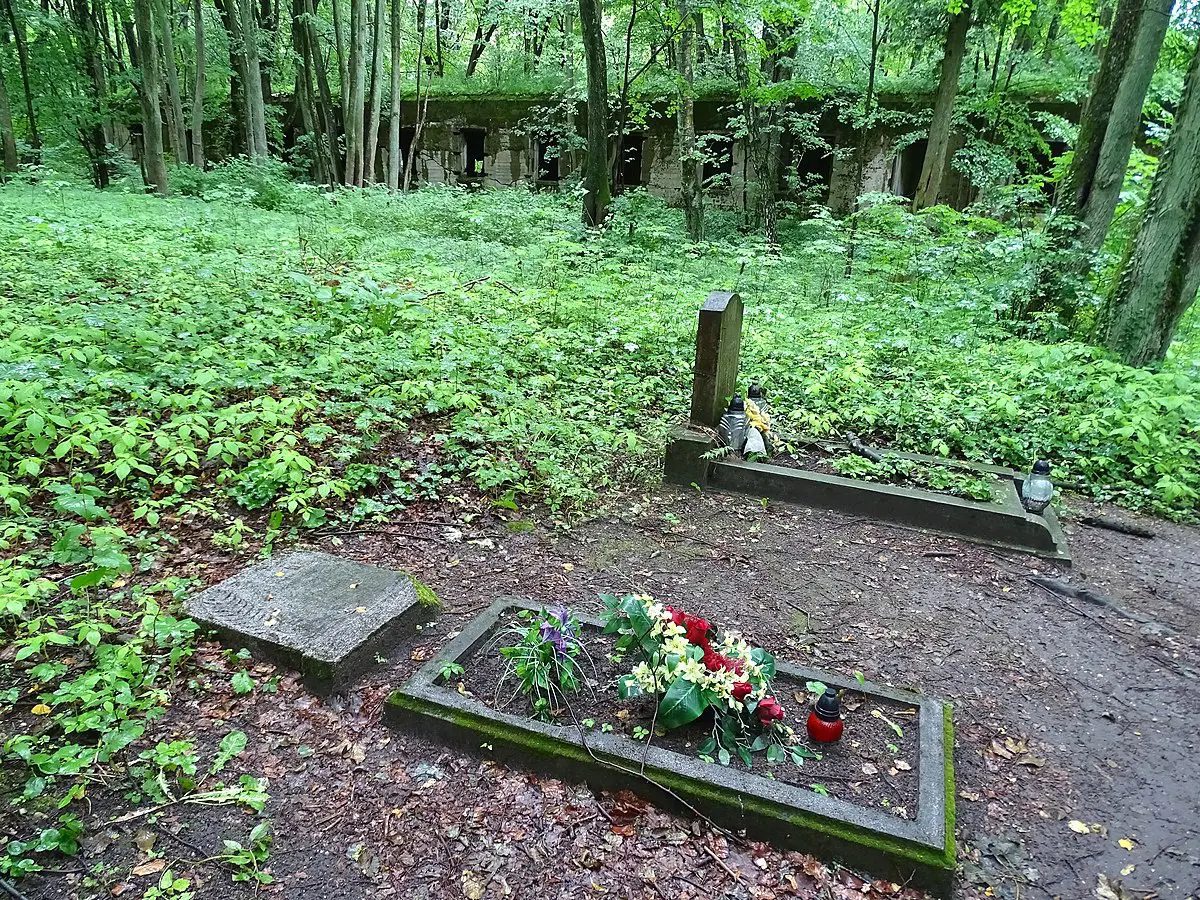
Wolf’s Lair in Poland is the standard English name for Wolfsschanze, Adolf Hitler’s first World War II Eastern Front military headquarters, one of several Führerhauptquartier (Führer Headquarters) or FHQs located in various parts of Europe.
The History of Wolf’s Lair
Construction of Wolf’s Lair began in 1940, and the complex eventually grew to encompass dozens of concrete bunkers, barracks, and other structures spread out over an area of over 6 square kilometres. Wolf’s Lair was the site of many key decisions made by the Nazi high command, including the planning of the invasion of the Soviet Union. The complex was heavily guarded and surrounded by anti-aircraft batteries, making it one of the most secure and secretive locations of the war.
Exploring Wolf’s Lair Today
Today, Wolf’s Lair is open to visitors, who can explore the site and learn about the history of this fascinating and tragic place. The site has been largely preserved in its original state, with many of the concrete bunkers and other structures still standing.
Visitors to Wolf’s Lair can take a guided tour of the site, which includes visits to some of the most important structures, including Hitler’s personal bunker, the communications center, and the command bunker. Visitors can also see the remains of the anti-aircraft batteries and other defensive structures that once surrounded the complex.
One of the most haunting aspects of a visit to Wolf’s Lair is the sense of history that permeates the site. It is easy to imagine the high command of the Nazi regime making decisions that would shape the course of the war, and to feel the weight of the tragedy and horror of that time.
Visiting Wolf’s Lair is an important reminder of the dark history of World War II and the atrocities committed by the Nazi regime. It is also an opportunity to learn about a fascinating and complex piece of military history, and to explore a site that played a crucial role in one of the most significant conflicts in human history.
Operation Barbarossa
The complex, which was built for Operation Barbarossa, the 1941 German invasion of the Soviet Union, was located in the Masurian woods, about 8 kilometres (5.0 mi) from the small East Prussian town of Rastenburg, now Kętrzyn in Poland.
Hitler first arrived at the Wolf’s Lair late on the night of 23 June 1941 and departed for the last time on 20 November 1944. Overall, he spent over 800 days there during that 3.5 year period.
The complex was blown up and abandoned on 25 January 1945, but many of the bunkers were so thick that their damaged walls and ceilings remain. The remains are located in Poland at the hamlet of Gierłoż (German: Forst Görlitz) near Kętrzyn.
The decision to build the Wolf’s Lair was made in the autumn of 1940. Built in the middle of a protecting forest, and located far from major roads. The complex occupied more than 6.5 km2 (2.5 sq mi) and consisted of three separate security zones.

The bunkers at Wolfs Lair
The most important of which was Sperrkreis 1 (Security Zone 1), in which was located the Führer Bunker and concrete shelters of members of the inner circle such as Hermann Göring, Martin Bormann, OKW chief Wilhelm Keitel and “chief of operations” OKW Alfred Jodl.
There were a total of ten bunkers in this area, all camouflaged and protected by 2 metres (6 ft 7 in) of steel-reinforced concrete. Hitler’s was on the northern end, with all its windows facing north to avoid direct sunlight. Both Hitler’s and Keitel’s bunkers had rooms in which military conferences could be held.
Sperrkreis 2 (Security Zone 2) included military barracks and housing for several important Reich Ministers like Albert Speer, Joachim von Ribbentrop and Fritz Todt as well as Hitler’s escort battalion, the Führer Begleit Brigade.
Sperrkreis 3 (Security Zone 3) made up the outer security area of the compound, complete with land mines, special security troops and guard houses.
Close by was a facility for the Wehrmacht Operations Staff, and army headquarters was located several kilometres to the northeast of the FHQ complex. All these installations were served by a nearby airfield and train lines.
About two thousand people lived and worked at the Wolf’s Lair at its peak, among them twenty women.
Assassination attempt at Wolf’s Lair
The Wolf’s Lair was the location of the July 20 plot to kill Hitler. During the period of reconstruction of the Führer Bunker in the summer of 1944, the daily strategy meetings were moved to the little building known as the Lager barrack, where staff officer Claus von Stauffenberg carried a bomb hidden in a briefcase into the meeting room and placed it just a few feet away from Hitler.
At 12:43 p.m. the bomb devastated the interior of the building but left Hitler only slightly injured. However, four others died from their wounds a few days later. The force of the blast was diminished because a staff officer unknowingly moved the briefcase on the opposite side of a thick wooden table leg from where von Stauffenberg had placed it, probably saving Hitler’s life. It is believed that had the bomb exploded in the massive concrete Führer Bunker as originally intended, everyone in the structure including Hitler would have been killed.
The Escape
Just moments before the blast, the would-be assassin and his adjutant, Lieutenant Werner von Haeften rapidly made their way from the conference barrack toward the first guard post just outside Sperrkeis 1. After a short delay they were allowed to pass and proceeded along the southern exit road toward Rastenburg airport.
By the time they reached the guard house at the perimeter of Sperrkreis 2, the alarm had been sounded. According to the official Gestapo report, “at first the guard refused passage until von Stauffenberg persuaded him to contact the adjutant to the compound commander who then finally authorized clearance”. It was between here and the final checkpoint of Sperrkreis 3 that von Haeften tossed a second briefcase from the car containing a second bomb which was also intended to explode in the conference barrack.
It is believed that had this bomb also been placed with the other, everyone inside would have been killed. Checkpoint three, the final barrier located at the outer reaches of the Wolfsschanze, was expected to prove impenetrable, but the two men were simply waved through to the Rastenburg airport.
Operation Valkyrie
Thirty minutes after the bomb blast the two men were airborne and on their way back to Berlin and Army general headquarters. It was in this building, called the Bendlerblock, that “Operation Valkyrie”, a covert plan to react to the breakdown in civil order of the nation and suppress any revolt was transformed into the secret plot to assassinate the Führer of the German Reich.
However, when it was discovered that Hitler was still alive, the plan was doomed and along with it von Stauffenberg, his adjutant Werner von Haeften and co-conspirators General Friedrich Olbricht and his chief of staff Colonel Albrecht Mertz von Quirnheim, who were arrested and executed in the courtyard of the Bendlerblock on the evening of July 20, 1944.
The Red Army reached the nearby border of East Prussia in October 1944. Hitler departed on 20 November and two days later the order was given to destroy the complex.
The actual demolition did not take place until the night of 24-25 January 1945. Many tons of explosives were required to do the job; one bunker required an estimated 8 tons of TNT. The Red Army took the site without a shot two days later, on 27 January. It took until 1955 to clear over fifty-four thousand landmines which surrounded the installation.
Conclusion
Wolf’s Lair is a remarkable and haunting destination that offers visitors a chance to explore the fascinating history of Hitler’s secret bunker. With its concrete bunkers, barracks, and other structures spread out over an area of over 6 square kilometres, Wolf’s Lair is a testament to the ingenuity and complexity of the Nazi war effort. Whether you are interested in history, military strategy, or just want to experience something truly unforgettable, a visit to Wolf’s Lair is a must.
For further information about World War II sites and detailed tourist information about Poland, please visit, the Poland Travel Agency.

